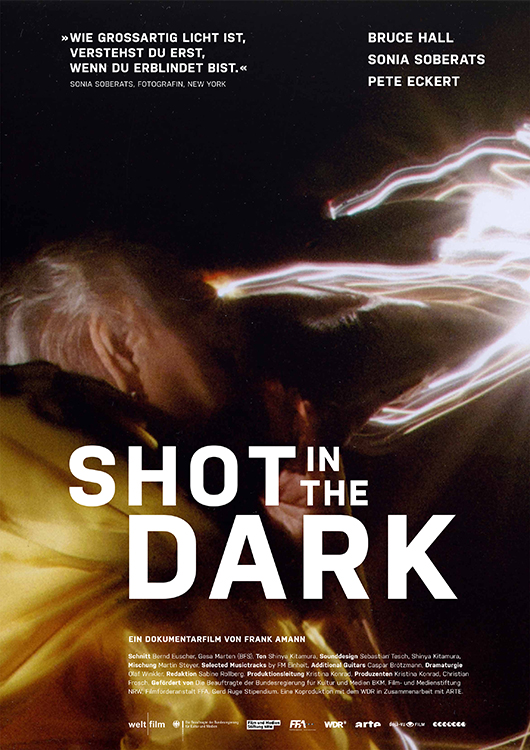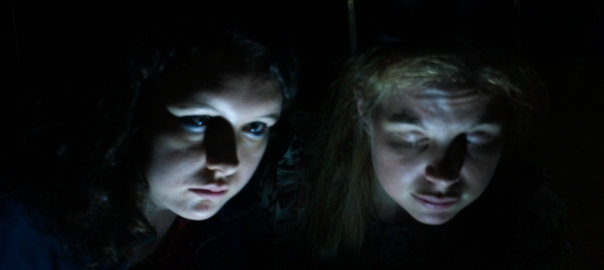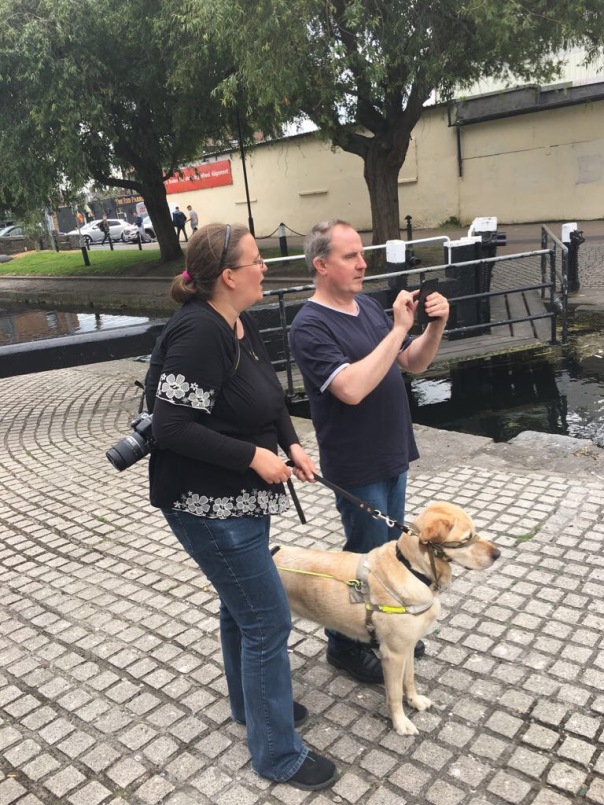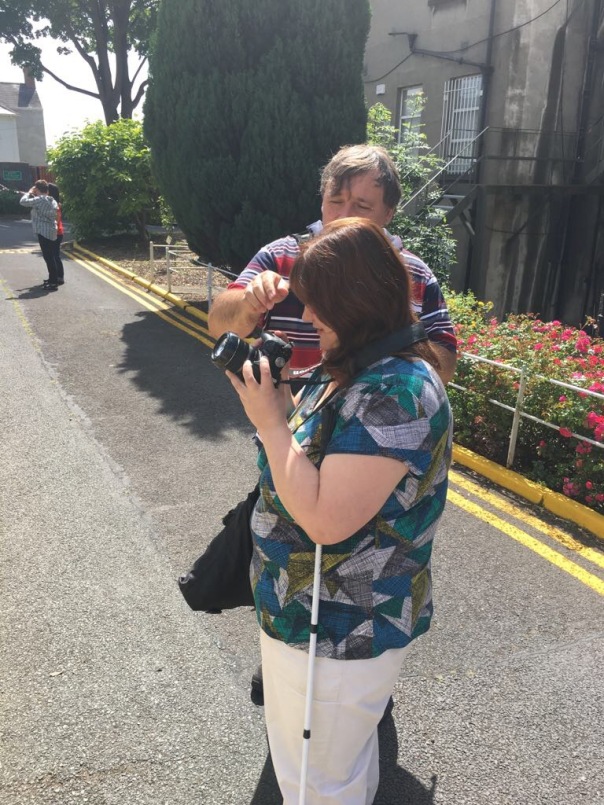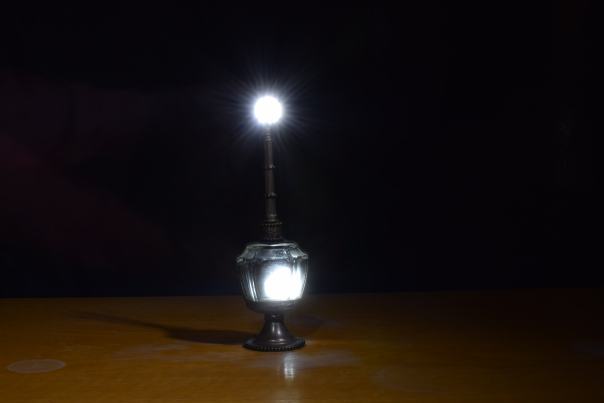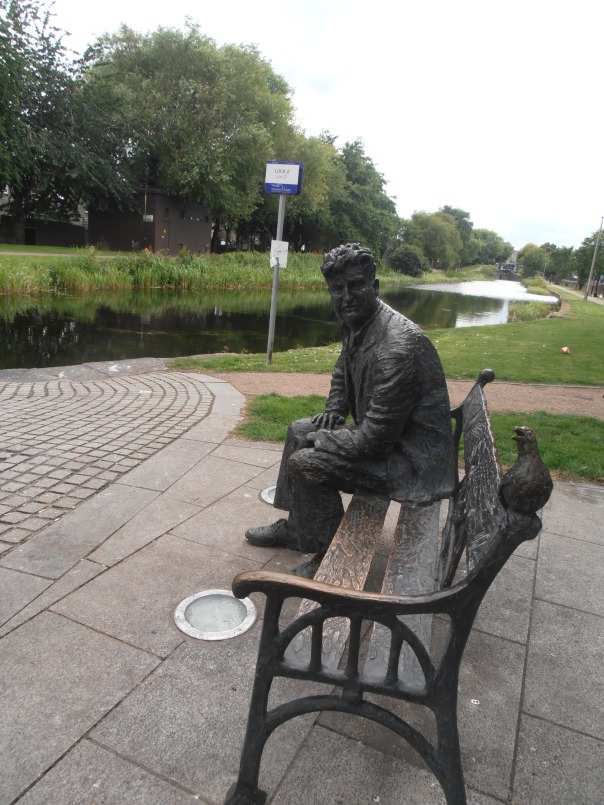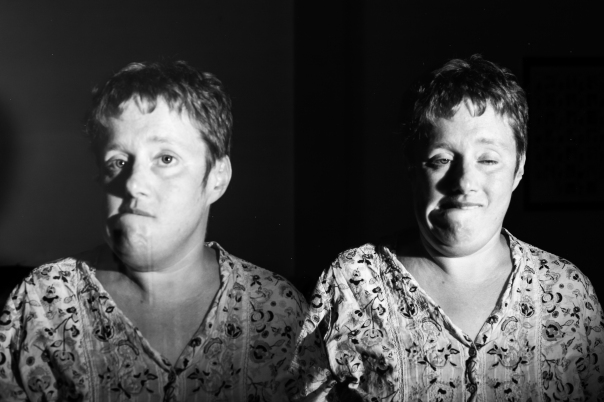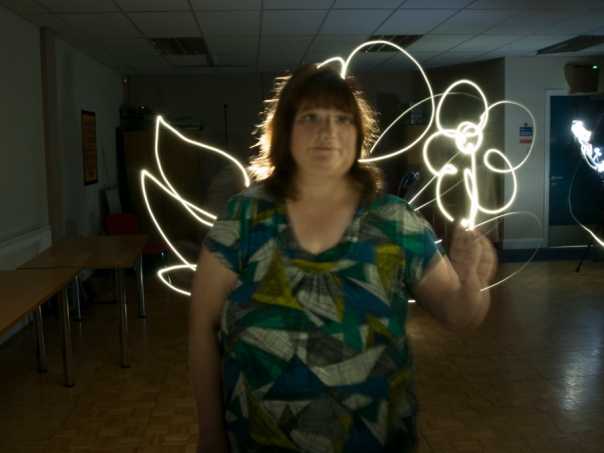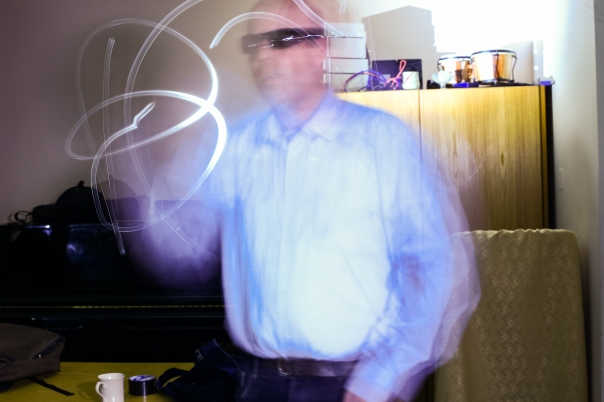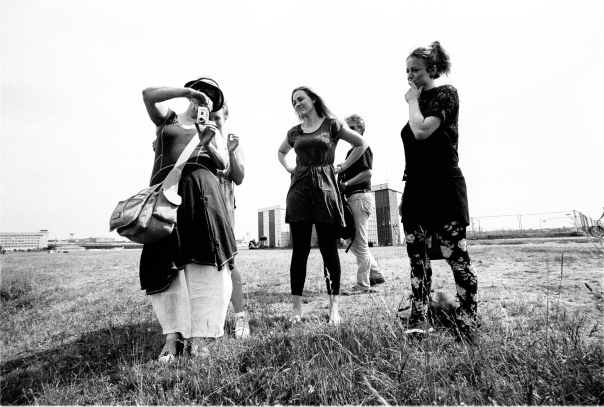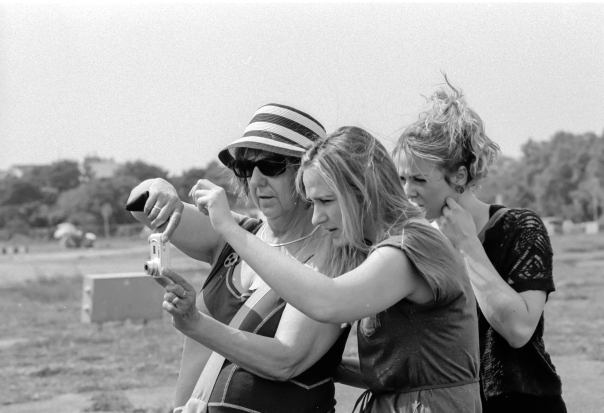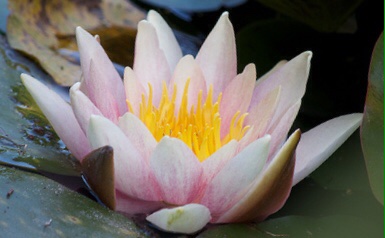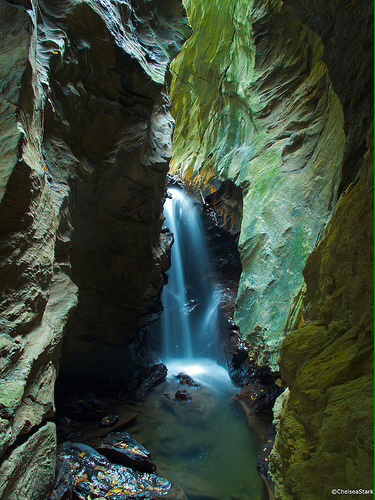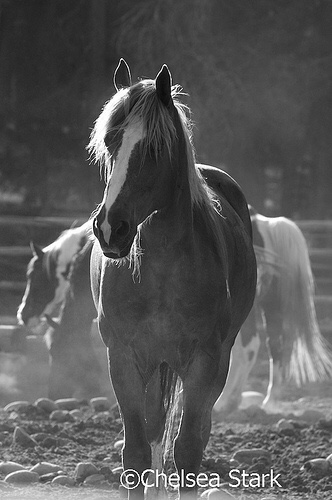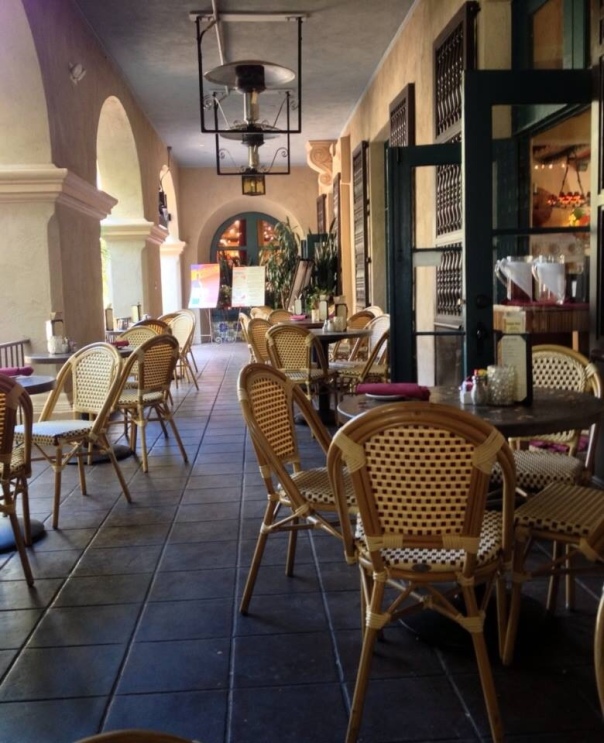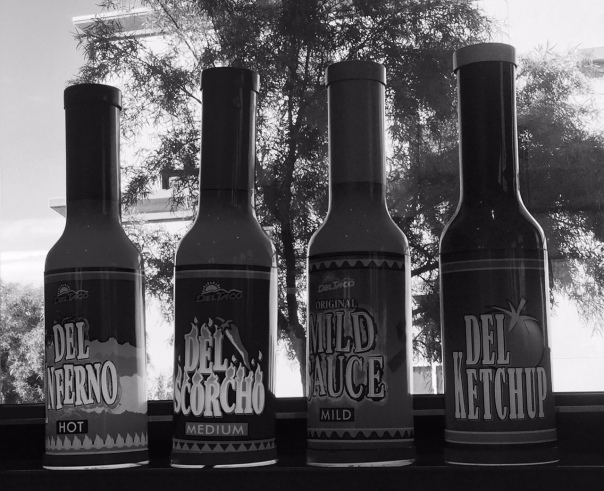This text is an afterthought to the description of Darek’s windmill I wrote together with a friend.
We are always looking for new sighted people to describe the pictures on our blog to the blind and visually impaired photographers who took them and of course to all our other readers. Most of our “picture describers”, as we call them are students from our workshops in Berlin or people who write professionally or as pastime. However, you don’t need to have a background in journalism, blogging or creative writing. In fact you don’t even need to be an expert on photography or visual arts. While knowledge and interests in these fields can be helpful, everyone can describe a picture. Processing and reflecting visual stimuli comes naturally to everyone who can see something, even if it’s just blurry shapes or light and shade. We do it all the time in our everyday lives and take it for granted without even noticing.
The Fear of the Empty Page
Since I write for this blog, I’ve talked to quite a few people, who said they are interested in our project but wouldn’t know how to describe a photograph to someone who can’t see it. Personally, I think the most difficult thing is to get started and simply try. It’s like writing an academic essay, prose, poetry or even a letter. We are afraid of the empty page, or nowadays the blank screen staring back at us. Once we’ve done the first step and simply started to write something, more words and sentences start to come naturally. Additionally, what we write in this first outburst doesn’t have to be perfect; it can always be changed, edited or even deleted.
The Process of Writing as Teamwork
For me, writing blog posts and photo descriptions is actually easier than composing academic essays, because it gives me more creative freedom and there aren’t any guidelines, except those we set ourselves. Obviously we want readers to follow our thoughts and like our texts, so they have to be readable, structured and not full of mistakes. And I assume most of us want to write about something that matters to us and our followers.
Especially when writing academic papers, I try to get someone else to read and comment on my text. After reading them over and over again, we tend to overlook our own mistakes. Because we spend so much time developing them, the way we put our arguments on paper appears completely logical to us. Discussing our thoughts with another person often helps to express ourselves better and clearer. And finally we get to talk to another human being instead of sitting alone at our desk all day.
How does that help me to describe a Picture?
It only occurred to me recently, that describing a photograph could involve even more teamwork than editing academic texts, because the whole process of writing it can become a dialogue. It’s like having a jogging partner, if somebody else is involved and to some extend relies on your commitment, chances are you will be more likely to overcome your doubts or laziness or whatever it is that makes you hesitate, and actually do what you set out to do.
So one afternoon I sat a friend down to compose a description with me. We had talked about doing this for months, but never actually got around to doing it. This friend has no prior experience in creative or journalistic writing and only a casual interest in photography. He said his main reservations against writing a description on his own were, that he wasn’t sure how to compose a text people wanted to read and which aspects of the photo were relevant.
Questions over Questions
I still have some sight. Thus, I saw the general outline of the windmill, the blue sky and the green grass and I guessed there were trees. Starting from there I asked general questions to get a better understanding of the outlines of the photograph:
- What are your first spontaneous reactions and associations?
- What are the prominent objects?
- How much space does the windmill take up?, Where in the picture is it?
- Describe the mill in more detail: shapes, individual parts, colours, textures …
- From which side are we looking at it
- Can you see people? How many? Where are they in relation to each other and the mill?
- What can you see of the people? What are they wearing? What are they looking at? What are they doing? (Body language, communication between them)
- What else is there in the background? What kind of trees? Where are they in relation to the mill and the people?
- Are there other details you wouldn’t notice at the first glance? Any objects captured by accident?
After a while I came up with lots of questions. One often led to another. I found the trick or secret was to give my friend prompts and suggestions he could use as a starting point. To find answers to some of the more specific questions like “What do the people wear” he had to look very closely. Sometimes he couldn’t see details very clearly and had to guess and speculate. The picture became almost a story. For example did the orange tiled roof belong to a visitor centre or just storage shed for equipment?
And what if I can’t see anything in the photo?
While being able to see the main objects in the photo helped me to start the dialogue, I think this method would also work for someone who is completely blind. You would just have to start with the very basics. Maybe after a while the blind person could tell the image he or she has in her or his mind so far, while the sighted person compares it to the photo and adjusts the description accordingly. Feel free to try it out and let us us know how it went.
A photo is like a person, you have to spend time with it to get to know it
I wouldn’t have noticed the little people on my own and if we wouldn’t have talked about it in such detail, we both would have flicked over the picture quite quickly. After spending some time with the picture it became more to us than just a nice shot of a windmill in the countryside on a bright summers day. We speculated where the mill is, who the people are and how they know each other.
Nowadays we see hundreds and thousands of pictures in the news and in social media. While it is great that almost everybody can take and share photos nowadays, sometimes I think this mass distribution lowers our appreciation of them. So, if you want to spend some more time and thought on an individual photo, describe a picture for our blog and maybe even do it with a friend.
